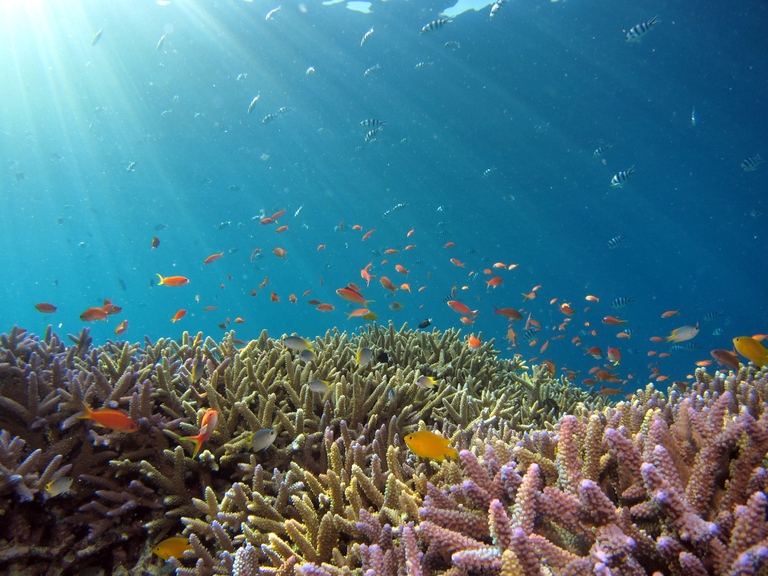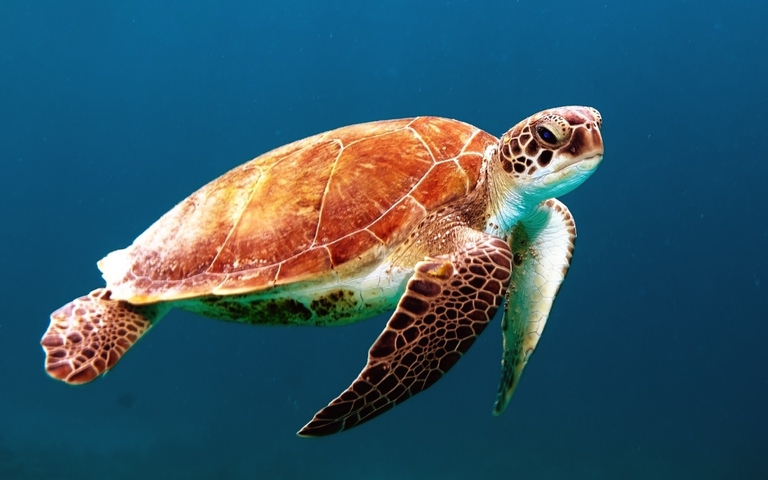
Rosebank and other fields would push the UK’s oil and gas industry almost 40 percent past its carbon budget
Ocean heat content in the upper layers of our seas reached another record high in 2022, according to an international study published in January.
Temperatures in the world’s oceans hit another historical record high in 2022, exceeding the previous maximum record established last year. This scenario emerged from the data shared in the study “Another year of record heat for the oceans,” published on Wednesday, 11 January 2023, by the journal Advances in Atmospheric Sciences.
The upper 2000 meters salinity-contrast index, which quantifies the “salty gets saltier—fresh gets fresher” pattern, also hit its record high last year. Last year, the increasing trend of global upper-ocean stratification persisted, making 2022 one of the top seven on record.
The world’s oceans cover most of the globe’s surface. This massive expanse of water plays a vital role in the health of our planet: absorbing heat. The oceans have absorbed ninety per cent of the warming caused by the increase in anthropogenic greenhouse gas emissions that has characterized the recent decades.
But the more the planet heats up, the more heat the oceans soak up. That’s why they have been heavily affected by the increase in global average temperature. This trend has culminated in the new 2022 record ocean heat content (OHC) at 0-2000 meters highlighted by the study. The North Pacific, the North Atlantic, the Mediterranean sea, and the southern oceans are the four basins among seven that experienced their highest OHC in 2022 since the 1950s.
Scientists from sixteen colleges and institutions from China, the USA, New Zealand, and Italy participated in this study led by Lijing Cheng, lead author, and researcher for the IAP/CAS. Other institutions include the University of St. Thomas, the University of Auckland, and the Istituto Nazionale di Geofisica e Vulcanologia (Italian National Institute of Geophysics and Vulcanology).
For this study, the researchers used two different databases, one from the Institute of Atmospheric Physics (IAP) at the Chinese Academy of Sciences (CAS) and the other one from the National Centers for Environmental Information (NCEI) of the National Oceanic and Atmospheric Administration (NOAA). These databases contain information on ocean heat content spanning almost seven decades, and both of them show that the ocean heat content in the upper 2000 meters reached a record high in 2022.
Global warming continues and is manifested in record ocean heat, and also in continued extremes of salinity. The latter highlight that salty areas get saltier, and fresh areas get fresher and so there is a continuing increase in intensity of the hydrological cycle.
As the heat gets stored in the ocean, the latter expands. This thermal expansion has been leading to a series of cascading effects, including from one-third to one-half of global sea level rise, coral bleaching and more extreme weather events, an acceleration in the melting of ice sheets, and threats to marine animals and ecosystems.
Some places are experiencing more droughts, which lead to an increased risk of wildfires, and other places are experiencing massive floods from heavy rainfall, often supported by increased evaporation from warm oceans. This contributes to changes in the hydrologic cycle and emphasizes the interactive role that oceans play.
Siamo anche su WhatsApp. Segui il canale ufficiale LifeGate per restare aggiornata, aggiornato sulle ultime notizie e sulle nostre attività.
![]()
Quest'opera è distribuita con Licenza Creative Commons Attribuzione - Non commerciale - Non opere derivate 4.0 Internazionale.
Rosebank and other fields would push the UK’s oil and gas industry almost 40 percent past its carbon budget
UN Secretary-General António Guterres said the era of global warming has ended and “the era of global boiling has arrived.”
The UN General Assembly (UNGA) on Wednesday, 29 March 2023, adopted a resolution seeking the International Court of Justice (ICJ), the UN’s chief judicial organ, which is also referred to as the World Court, for an advisory opinion on the duties of States concerning climate change. This decision marks the first time the World Court
Canada’s wildfire season this year is impacting air quality way beyond the borders of the North American state, reaching as far as Europe.
Wildfires in central and southern Chile, caused by extreme temperatures and drought, have already burned over 270,000 hectares of land.
Increasing global average temperatures cause sea levels to rise and threaten the homes and livelihoods of many coastal communities in northern Europe.
After a landslide led to twelve deaths on the island of Ischia, questions have been raised about the impacts of illegal building, tourism, and climate change.
Santa Olalla, the last permanent lagoon in the park, has disappeared under the pressure of drought, overexploitation, and illegal wells.
France has banned some fossil fuel ads, but the ban’s limitations – including allowances for natural gas and financial advertising – have led to criticism.









